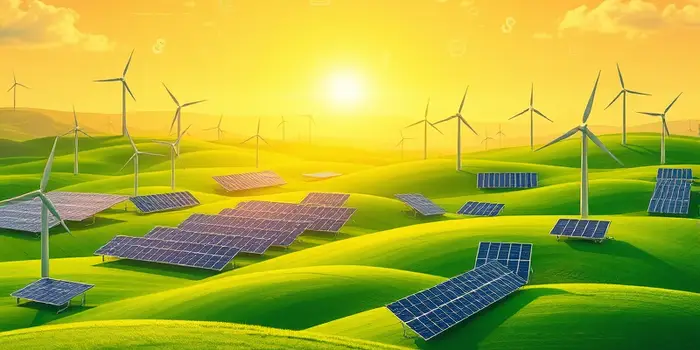
As governments and corporations worldwide confront the twin challenges of climate change and economic recovery, clean energy has emerged as a beacon of hope—and investment. In 2025, global energy investments hit a record-breaking $3.3 trillion, with over two-thirds directed toward renewables, electrification, and efficiency measures. This remarkable growth is not only a testament to technological advances and corporate ambition, but also to robust tax-driven incentives and policy frameworks that have tilted the playing field in favor of green energy.
Renewable energy now attracts twice the capital of fossil fuels. In 2025, investors poured approximately $2.2 trillion into clean energy—spanning solar, wind, nuclear, grids, storage, low-emission fuels, and electrification—versus $1.1 trillion into oil, gas, and coal. Solar power leads this transition, with an estimated $450 billion directed toward utility-scale and rooftop installations. Meanwhile, wind investments remain robust, though growth is tempered by permitting and grid constraints in several regions.
The scale of these investments reflects a global commitment to decarbonization. In Europe and Asia, aggressive targets and national strategies have accelerated auctions for utility-scale projects. Emerging markets in Latin America and Africa are increasingly leveraging public–private partnerships to finance solar and storage deployments, seizing opportunities to expand access to reliable power while reducing emissions.
In the United States, the Inflation Reduction Act (IRA) of 2022 stands as the single largest federal climate investment in history. Initially estimated at $400 billion over ten years, subsequent analyses suggest its true impact could be two to three times greater. By offering long-term tax certainty and scale, the IRA has catalyzed a surge in project announcements and capital inflows, even amid rising interest rates.
Key federal credits include the Investment Tax Credit (ITC) and Production Tax Credit (PTC), projected to increase budget deficits by roughly $300 billion between 2026 and 2035. The Residential Clean Energy Credit covers 30% of qualified system costs—solar, wind, geothermal, and storage—for installations through 2032, with no annual or lifetime cap. This credit is nonrefundable but can be carried forward, making it highly appealing for homeowners and developers alike.
Thanks to these incentives, U.S. clean energy project announcements leapt by 47% in Q1 2025 versus Q1 2024, with $9.4 billion of new investments. Renewable capacity additions reached 54 GW in 2024, up 29% year-over-year, led by 39.6 GW of utility-scale solar and nearly 10 GW of rooftop installations.
Corporations are major drivers of this green wave. Approximately 85% of large corporate buyers plan to maintain or increase clean energy credit purchases in 2025, often targeting the maximum allowable credits to offset tax liability. Such credits trade at a premium in secondary markets, reflecting strong demand from buyers seeking high-grade credits backed by domestic content and prevailing wage compliance.
On the consumer front, businesses and homeowners are attracted by stable long-term returns and immediate cost savings. As installation costs for solar and battery systems have fallen dramatically over the past decade, the effective payback period for rooftop solar has dropped below eight years in many states. This economic tipping point, combined with attractive tax credits, has driven near-record levels of residential installations.
By aligning financial incentives with technological progress and environmental goals, stakeholders can navigate uncertainties and drive further growth in clean energy markets.
The record surge in global green energy investment underscores the transformative power of well-designed tax incentives. With $2.2 trillion flowing into clean technologies in 2025 and corporate and consumer demand at all-time highs, the transition to a low-carbon economy is well underway. Yet maintaining momentum requires vigilance: investors must adapt to policy shifts, developers need to optimize credit value, and governments must uphold regulatory clarity. Together, these efforts can ensure that tax incentives continue to catalyze innovation, create jobs, and protect the planet for generations to come.
References













